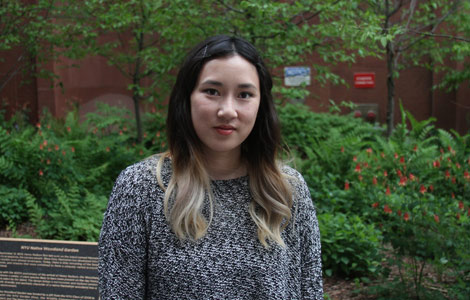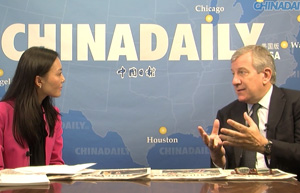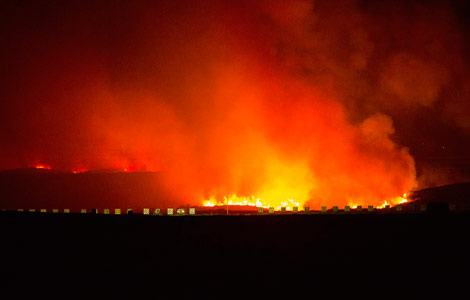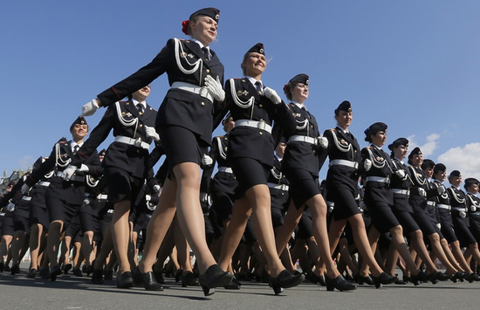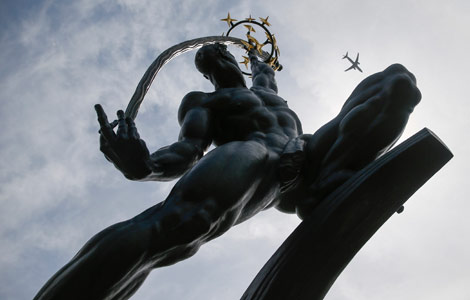The treasure tale of two museums
Updated: 2014-05-22 06:59
By Wang Kaihao (China Daily)
|
||||||||
Chinese tourists have long said that the best cultural relics from Beijing's Forbidden City are in Taiwan.
However, the director of the Palace Museum in Beijing believes that is a common misunderstanding.
"The Palace Museum is the world's biggest reserve of art from ancient China, and the abundant royal collections also make it a condensed showcase of Chinese history," said Shan Jixiang.
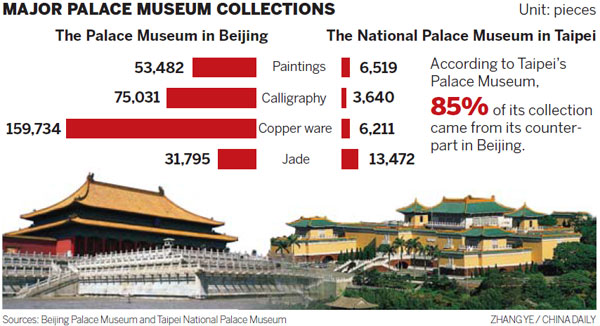
Among the museum's 1.8 million cultural relics, 93.2 percent are considered "precious", he said.
The Forbidden City in Beijing, built in 1420, is also the world's largest palace complex.

In the 1930s, nearly 13,500 boxes of cultural relics were moved to the south and then southwest to evade Japanese forces. After World War II, the outbreak of the civil war prevented many of the boxes being returned to the palace. When the Kuomintang left the mainland for Taiwan in 1949, three navy ships carried nearly 600,000 cultural relics, most of which were books and documents.
Many of those relics are now on display in the National Palace Museum, which was established in Taipei in 1965. The museum says 85 percent of its collection came from the Forbidden City. "They left so urgently, they had no time to select the so-called most precious items," Shan said.
"Partially due to their successful advertising campaign and mature cultural industry in developing popular souvenirs, tourists have an impression that their collection outstrips ours, but the truth is many visitors to our museum are attracted by the splendid architecture and don't pay enough attention to exhibits in the halls alongside both wings of the palace."

Nevertheless, Shan conceded that Taipei is better in certain types of cultural relics, including Siku Quanshu, or Complete Library in Four Sections, the largest collection of books in Chinese history.
"Our collections share the same roots and are important complements of each other," he added.
"Curators of the two palace museums have been on exchange visits," Shan said. He was glad to see more frequent academic communication has been scheduled. "Both museums are endeavoring to protect treasures and mix respective collections into ordinary people's cultural life.
"It's a pity is that collections of the National Palace Museum in Taipei are still not allowed on the mainland."
wangkaihao@chinadaily.com.cn
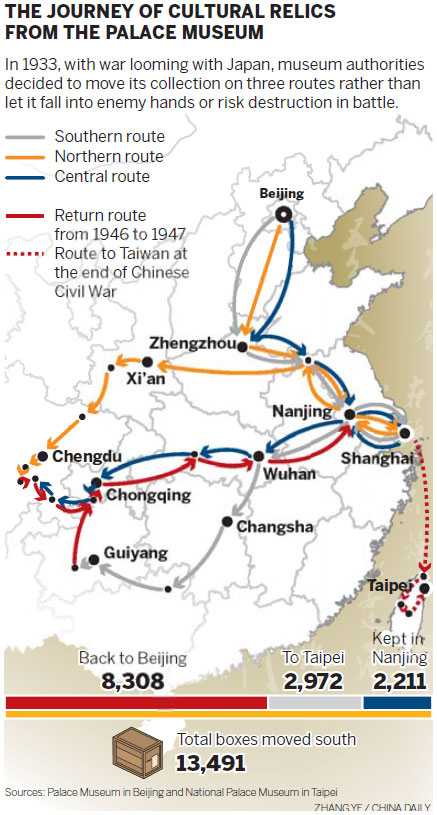
(China Daily 05/22/2014 page1)

 'Taken 2' grabs movie box office crown
'Taken 2' grabs movie box office crown
 Rihanna's 'Diamonds' tops UK pop chart
Rihanna's 'Diamonds' tops UK pop chart
 Fans get look at vintage Rolling Stones
Fans get look at vintage Rolling Stones
 Celebrities attend Power of Women event
Celebrities attend Power of Women event
 Ang Lee breaks 'every rule' to make unlikely new Life of Pi film
Ang Lee breaks 'every rule' to make unlikely new Life of Pi film
 Rihanna almost thrown out of nightclub
Rihanna almost thrown out of nightclub
 'Dark Knight' wins weekend box office
'Dark Knight' wins weekend box office
 'Total Recall' stars gather in Beverly Hills
'Total Recall' stars gather in Beverly Hills
Most Viewed
Editor's Picks

|
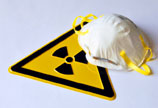
|

|
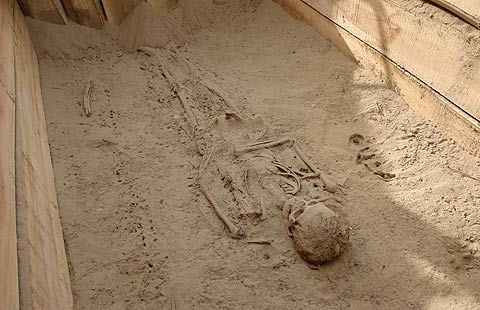
|
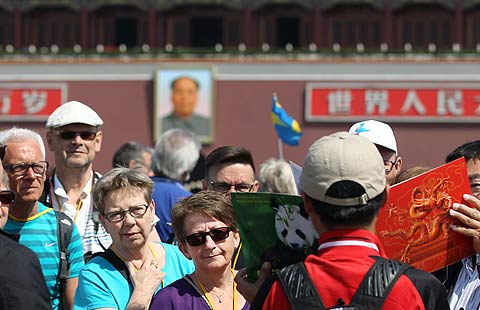
|
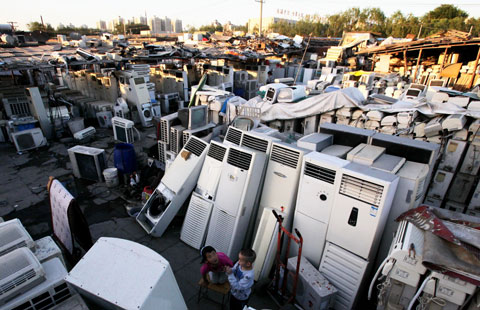
|
Today's Top News
US must 'get used to China's rise'
China outraged over US cybertheft charges
49 deals cement partnership
Indictments flack still festering
Group pushes for memorial
Group pushes for genocide memorial
Chinese national to be sentenced
Win8 ban catches Microsoft off guard
US Weekly

|

|
